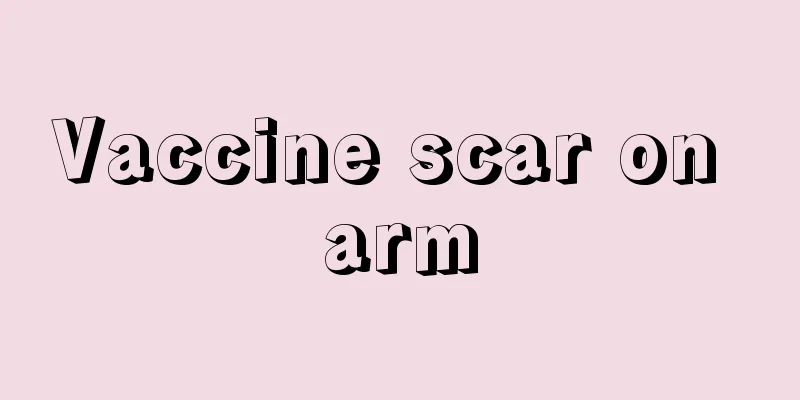Keep breathing unobstructed after laryngeal cancer surgery

|
Tracheotomy is an operation performed to maintain the patient's airway open. Careful care is still required after laryngeal cancer surgery to keep the patient breathing smoothly. Preventing infection Patients are weak and have reduced resistance after surgery. In addition, the amount of sputum in the respiratory tract increases after surgery, which can easily cause lung infection. Therefore, every family member should keep the room ventilated and the air fresh, and reduce the number of visitors to reduce the density of bacteria in the air and reduce the chance of infection. Observe sputum After laryngeal cancer surgery, patients or their families should frequently and carefully observe changes in the amount, texture, and color of respiratory secretions and sputum. Family members should pay attention to whether there is bleeding or dry scabs around the tracheal incision to avoid blocking the airway and causing suffocation. Suctioning correctly After surgery, patients with laryngeal cancer will have increased respiratory secretions. Because of the pain, they will actively suppress their coughs. The amount of sputum in the respiratory tract gradually increases and cannot be coughed out automatically. If the sputum is not suctioned in time, it may cause tracheal obstruction and lead to breathing difficulties. Patients should be given effective and correct sputum suction. Clearing lower respiratory tract secretions is the key to good tracheal care. Practice coughing On the first day after surgery, if the patient's condition is stable and his mental state is good, he can be encouraged to cough on his own. Family members can help the patient to slowly turn over twice and tap his back once, using the palm in a bow shape of 150° to tap the back evenly from bottom to top. This can be done 3 to 4 times a day. The patient should be encouraged to do more breathing exercises to loosen and fall off the phlegm attached to the trachea and bronchi around the lungs so that it can be coughed out on its own. |
<<: Nasopharyngeal carcinoma is easily overlooked
>>: Five high-risk factors for rectal cancer
Recommend
What are the hazards of nuclear radiation?
The harm caused by nuclear radiation to the human...
What are the dangers of children drinking Coke
Generally speaking, most parents like their child...
What will happen if you drink expired milk powder?
Mothers with newborn babies at home will definite...
What are the observation and care methods for thyroid cancer
What are the observation and care methods for thy...
Key points of care for heart disease
The Saw Survey found that the number of deaths fr...
What are the nursing methods for bladder cancer
In recent years, bladder cancer has become one of...
What is the method to quickly remove scale
Many friends like to drink hot water in their dai...
What are the uses of pine pollen?
When talking about pine trees, people will think ...
Symptoms of advanced bladder cancer
The occurrence of bladder cancer brings endless p...
What are the dangers of cheap lipstick
There are so many colors and types of lipsticks o...
What is the reason for small pimples on the neck?
Some friends have experienced the appearance of s...
What is the reason for coughing and clearing phlegm
Compared with fever, cough takes longer to heal. ...
Could headache be caused by a tumor?
Whether it is a headache, a cold, or a chill, the...
What does the Whole Food Detox Code do?
Today, we are going to introduce a book called Th...
How to treat prostate cancer
A1 stage is a cancer discovered accidentally duri...









